< more recent | 29 March – 3 April 2018 | older >
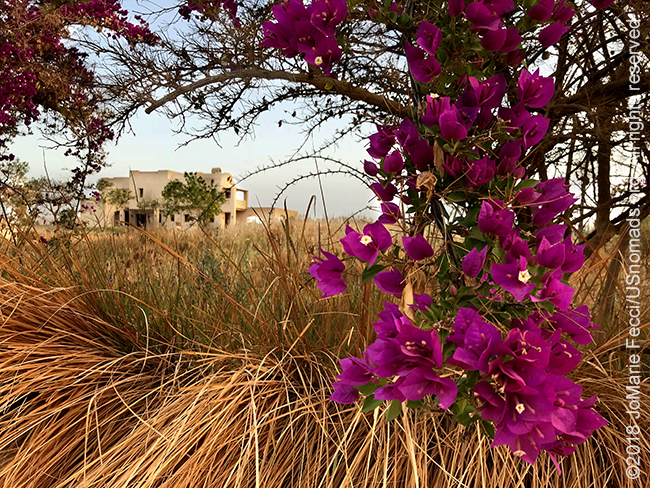
3 April 2018: Left the Western Desert today after a brief pause at the Bahariya Oasis where it was hard to believe we were still in the Sahara. From here it is on to the next leg of the journey much further south [check out our FIELD NOTES: RETURN TO CAIRO]…
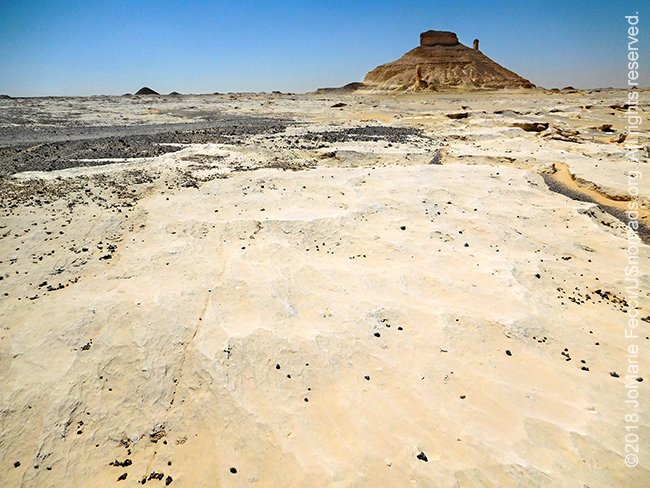
2 April 2018: The Sahara in this part of Egypt is stunning and surreal with different colored sand and rocks in different areas. There is a “Black Desert” and a “White Desert” and the place they meet in incredibly beautiful. A day filled with amazing landscapes and discoveries… [check out our FIELD NOTES: THE WHITE DESERT]
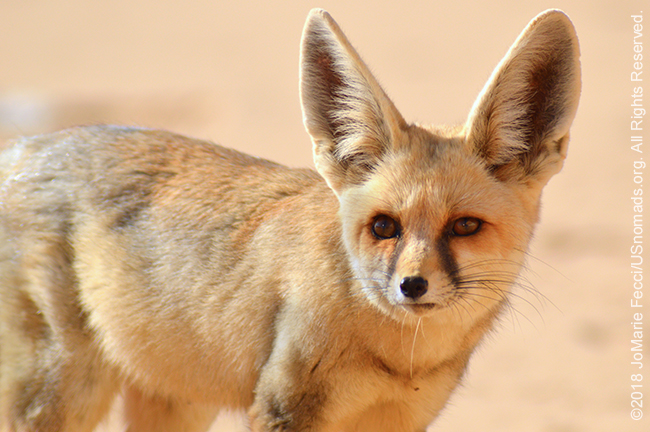
1 April 2018: An incredible day out in the desert topped off by an encounter with a Fennec, or desert Fox of the Sahara. Had the amazing good fortune to be able to observe the fox up close and also at a distance with her mate and two baby foxes… [check out our FIELD NOTES: A DESERT FOX]
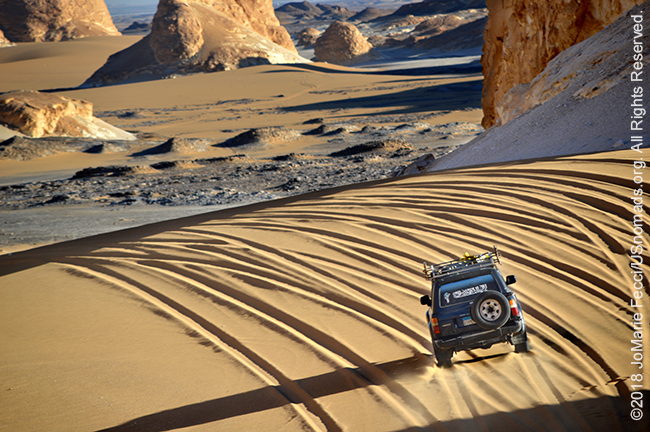
31 March 2018: Headed out into the Western Desert today from a base in the Bahariya Oasis about 400 km from Cairo. The Western Desert is vast and we will only be able to cover a small area, but this initial “look-see” will be a good beginning for further exploration in the future… [check out our FIELD NOTES: INTO THE WESTERN DESERT]
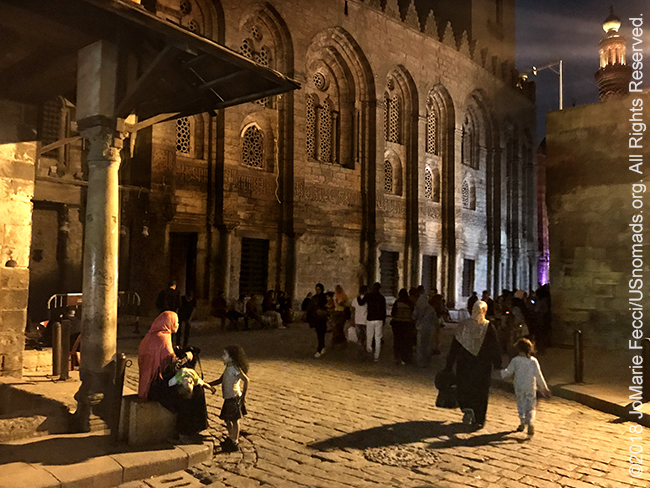
30 March 2018: Got a chance to explore a few areas of this sprawling city in addition to the classic tourist sites and got a good feeling for the vibrant ambiance. The 24/7 modern speed juxtaposed with the classic framework of ancient worlds has a lot of potential… [check out our FIELD NOTES: MEMPHIS AND SAQARRA]
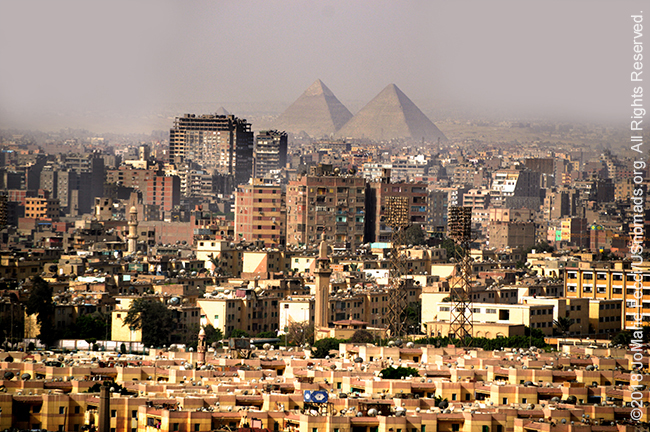
29 March 2018: Made it to Egypt late last night and settled into downtown Cairo for a couple of days to get an orientation to the country and its ancient civilizations before setting out for the desert. Spent the day just getting a sense of location and a crash course on Egyptology and the nation’s more recent history [check out our FIELD NOTES: CAIRO ANCIENT AND MODERN]…
THIS MONTH:
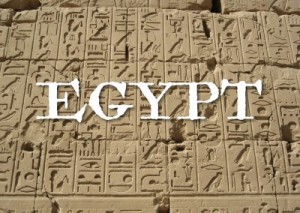
Sahara scouting begins in Egypt, with a brief stop in Cairo to visit the Pyramids and some ancient sites before heading into the Western Desert. The Western Desert is the area of the Sahara which lies west of the river Nile, up to the Libyan border, and south from the Mediterranean sea to the border with Sudan. It is named in contrast to the Eastern Desert which extends east from the Nile to Red Sea. The Western Desert is mostly rocky desert, though an area of sandy desert, known as the Great Sand Sea, lies to the west against the Libyan border. The desert covers an area of 262,800 sq miles which is two-thirds of the land area of Egypt. Its highest elevation is 3,300 ft (1000m) in the Gilf Kebir plateau to the far south-west of the country, on the Egypt-Sudan-Libya border. The Western Desert is barren and uninhabited save for a chain of oases which extend in an arc from Siwa, in the north-west, to Kharga in the south…
COMING UP SOON:

Sahara scouting continues in Sudan, focused on the northern part of the country in a loop around the Nile to Khartoum — the place where the White and Blue Niles meet. This journey will offer a unique opportunity delve into archaeology and the preservation of ancient sites while exploring the desert and getting to know some of the communities in the region…

Teaching navigational skills and talking about international overlanding at the second annual Wheelers Overland Adventure, May 17-20 at Anthracite Offroad Adventure Area (AOAA) in eastern Pennsylvania. The four-day overland camping and wheeling event is sponsored by Quadratec and Offroad Consulting, and brings together a diverse group of overlanders for trail runs, skills instruction, and networking opportunities in a festival atmosphere with onsite camping and optional activities the whole family can enjoy…

Participating in the Jeep Invasion and the 8th annual Bantam Jeep Heritage Festival, June 8-10, in Butler, PA. The Bantam Jeep Heritage Festival is a tribute event to the original jeep, the history behind it, the people who created it, and its birthplace, Butler Pennsylvania. The event provides Jeep enthusiasts with on and off-road experiences that embrace the vehicle’s past and the lifestyle it now fosters. The family-friendly event is held at Coopers Lake Campground, about an hour north of Pittsburgh, PA every year with on-site off-road trails, a Jeep “playground” obstacle course, Jeep History exhibit, huge vendor area with 150+ companies and more…

Trail Guiding at the 10th annual Topless for Tatas Charity Wheeling event at Rausch Creek off-road park 11-13 August. TFT brings together off-roaders from all over to raise awareness about Breast Cancer and raise funds for the American Cancer Society. The annual event raises over $30,000 for the Breast Cancer Research Foundation each year …
THE GREAT PYRAMIDS
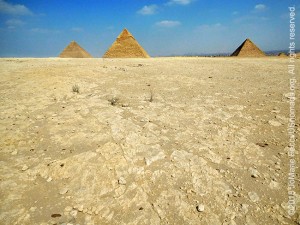
The Great Pyramid at Giza, actually refers to the largest of the three pyramids on the Giza plateau — the Pyramid of Khufu. Khufu’s tomb is also the oldest the only one of the Seven Wonders of the Ancient World that remains largely intact. Based on a mark in an interior chamber naming the work gang and a reference to the fourth dynasty Egyptian Pharaoh Khufu, Egyptologists believe that the pyramid was built as a tomb over a 10- to 20-year period concluding around 2560 BC. Initially at 146.5 metres (481 feet), the Great Pyramid was the tallest man-made structure in the world for more than 3,800 years. Originally, the Great Pyramid was covered by limestone casing stones that formed a smooth outer surface; what is seen today is the underlying core structure. Some of the casing stones that once covered the structure can still be seen around the base. There have been varying scientific and alternative theories about the Great Pyramid’s construction techniques. Most accepted construction hypotheses are based on the idea that it was built by moving huge stones from a quarry and dragging and lifting them into place. There are three known chambers inside the Great Pyramid. The lowest chamber is cut into the bedrock upon which the pyramid was built and was unfinished. The so-called Queen’s Chamber and King’s Chamber are higher up within the pyramid structure. The main part of the Giza complex is a set of buildings that included two mortuary temples in honour of Khufu (one close to the pyramid and one near the Nile), three smaller pyramids for Khufu’s wives, an even smaller “satellite” pyramid, a raised causeway connecting the two temples, and small mastaba tombs surrounding the pyramid for nobles…
Nesconset | Paris | Cairo | Khartoum
MORE NOTES FROM THE ROAD:
22-28 March – Paris
16-21 March – Paris
1-15 March – New York
February – Coal Country
January – Vegas to Glamis Roadtrip
December – East Coast Roadtrip
16-30 November – Paris
1-15 November – Florida
October – Rausch Creek
18-30 September – Kyrgyzstan
1-17 September – Rebelle U
15-31 August – Arizona
8-14 August – TFT9
1-7 August – Serbia
July – NY and Serbia
June – NY and Paris
May – Wheelers Overland
22-30 April – Algeria
15-21 April – Algeria
8-14 April – Algeria
1-7 April – AOAA
Archive
SPECIAL REPORT
A look into south-eastern Algeria on the border with Libya and Niger: overlanding with the Tuareg in one of the most remote corners of the Sahara … [read]
SPECIAL REPORT
Detailed series on a solo scouting journey into some of the remotest backcountry around Moab. The six day 450-mile off-pavement trip into the Maze district of the Canyonlands National Park offers insight into the challenges of expedition planning… [read]
MORE INFO:
About US Nomads
Training
Practical Matters
In Our Words
Contact Us